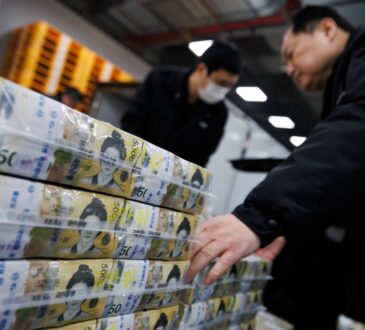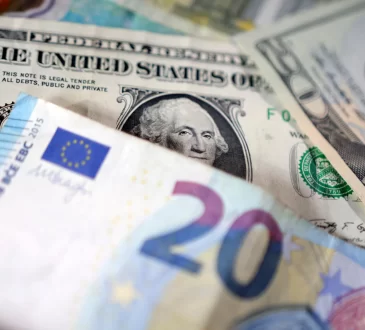
What’s going on here?
On October 29, 2024, the Indian rupee held its ground at 84.0750 against the US dollar, showcasing the Reserve Bank of India’s (RBI) proactive measures to maintain stability amidst swirling market conditions.
What does this mean?
The RBI’s stepped-up interventions have successfully kept the rupee’s fluctuations in check, narrowing its intraday trading range to under three paisa for an impressive eight-session streak. This control has notably cooled traders’ enthusiasm for taking bold positions on the rupee, resulting in a subdued market vibe. According to HDFC Securities, the rupee is expected to hover between 83.90 and 84.20 in the near term, indicating low volatility and tempered trading interest. Meanwhile, other Asian currencies like the offshore Chinese yuan and Korean won are facing headwinds from political uncertainties and economic data shifts. ING Bank further highlights that the looming US elections, especially the potential of Donald Trump’s comeback, could jitter less liquid currencies, marking them as risk proxies.
Why should I care?
For markets: Stable shores in turbulent waters.
The rupee’s steadiness amidst regional currency volatility underscores the RBI’s adept handling of external pressures. This provides a comparatively secure environment for investors looking at emerging markets. With low volatility expected to continue, market participants may find Indian assets more attractive compared to fluctuating counterparts like the Chinese yuan and Korean won.
The bigger picture: Political winds cast long shadows.
As global markets eye the impending US elections, the potential ramifications of a Trump re-election loom large. This scenario presents heightened risk for less liquid currencies, potentially reshaping international financial flows and strategies. The current rupee stability might position India favorably if geopolitical and economic shifts unsettle other regions.




